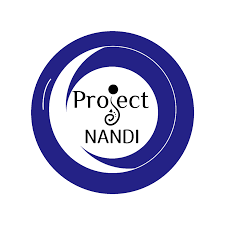Closing the Digital Divide
How do we go about trying to close the digital divide in the Twin Cities? It is a question that has many layers. For some, it has to do with opportunity and not getting proper education on accessing the internet and technology. For others, it is just not being able to afford the high internet costs that they have to pay. Families and people who can't access the internet are at a disadvantage in every aspect of life, from education to the economy. With the pandemic changing how things work and having a lot of services moved online, universal access to high-speed Internet has been a statutory goal in Minnesota since 2018. It is still not fully possible for many in our community to access the internet. A study was done by Literacy MN where they stated most organizations saw a decrease in participants despite adding services since the pandemic started. "Organizations confirmed that digital access was a steep barrier for their participants." While nearly 70% of organizations reported that access to a device was a moderate or significant barrier to participation in their programming, with the added stress of a pandemic, the way to keep you safe becomes a burden for some. The digital divide has made our society of have-nots. Another study from Boston Consulting Group showed that in Minnesota, 28% of students do not have access to high-speed internet, and 18% do not have access to devices that can access it. Project Nandi is looking to close the divide and have BIPOC children not get left behind in society. We have programs families can sign up for to help get the resources needed to get help. Like reduced internet vouchers as well as getting access to technology. We want to improve learning outcomes for students that have been underrepresented by giving them access to the tools they need to achieve greatness.

